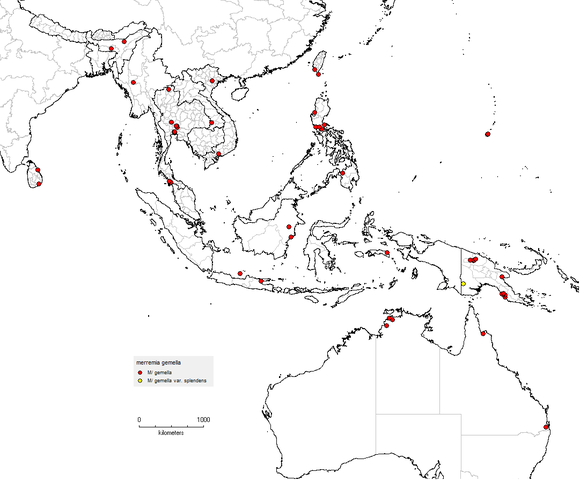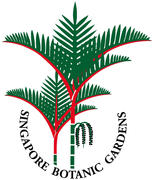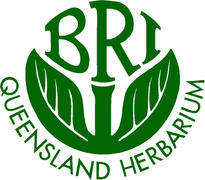Nomenclature
Merremia gemella (Burm. f.) Hallier f., Bot. Jahrb. Syst. 16: 552. 1893.
Convolvulus gemellus Burm. f., Fl. Indica 46, t. 21. 1768
Ipomoea gemella (Burm. f.) Roth, Nov. Pl. Sp. 110. 1821.
Ipomoea polyantha Miq., Fl. Ned. Ind. 2: 613. 1857.
Ipomoea radicans Blume, Bijdr. (1825) 712, nom. illeg.
Ipomaea cymosa Roem. & Schultesvar. radicans Miquel,Fl. Ind. Bat. 2 (1857) 613.
Description
Fang R.C., G. Staples, et al. 1995. Convolvulaceae in P. Raven & C.Y. Wu (eds.) Flora of China 16: 271–325.
Cytology
Fang R.C., G. Staples, et al. 1995. Convolvulaceae in P. Raven & C.Y. Wu (eds.) Flora of China 16: 271–325.
Biogeography, Ecology and Natural History

China (Taiwan),?Cambodia, Indonesia, ?Laos, Malaysia, ?Myanmar, New Guinea, Philippines, Sri Lanka, Thailand, Vietnam; Australia(Western Australia, Northern Territory, Queensland)
China: Thickets,
roadsides, waste places; 0–200 m.
Thailand: Roadsides
and disturbed areas, open clearing in primary evergreen forest on limestone;
altitude: 0–375 m.
Flowering: January, November, December; fruiting: December.
Fang R.C., G. Staples, et al. 1995. Convolvulaceae in P. Raven & C.Y. Wu (eds.) Flora of China 16: 271–325.
Staples, G. 2010. Convolvulaceae. Fl. Thailand 10(3): 330–468.
Johnson, R. W. Austrobaileya 8: 55–63. 2009
Other information
KEY TO THE VARIETIES
1. Corolla 1½ - 2 cm long var. gemella
1. Corolla 3-3½ cm long var. splendens
Authorship for webpage



Add new comment